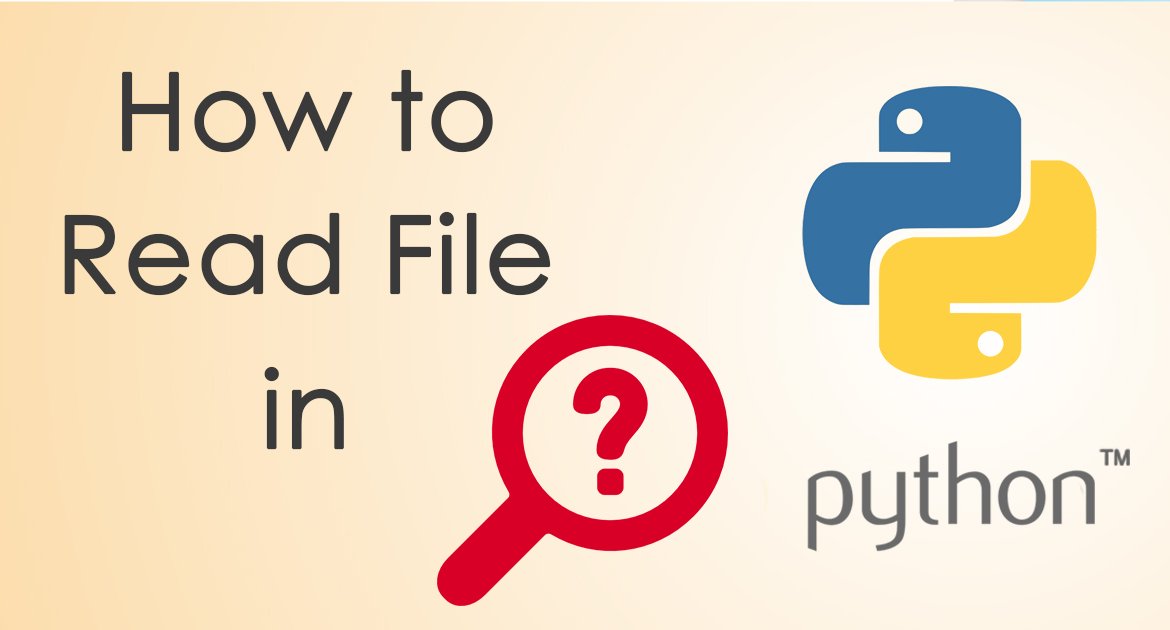

The with statement structure looks like this: with open(path_to_file) as file: In this case, you don’t need the close() method at all. You can also let Python take care of closing the file by using the with statement when dealing with files. This is important because the program can crash or the file can corrupt if left hanging open.

This can be done with the close() method. So make sure to close the file after using it. In Python, an opened file remains open as long as you don’t close it. Now the contents variable has whatever is inside the file as a single long string. Later you are going to see examples of each of these methods.įor instance, let’s read the contents of a file called “example.txt” to a variable as a string: file = open("example.txt") readlines() reads the file line by line and returns the whole file as a list of strings, where each string is a line from the file.readline() reads the file line by line and returns each line as a separate string.read() reads all the text from a file into a single string and returns the string.To read an opened file, let’s focus on the three different text reading methods: read(), readline(), and readlines():
#PYTHON READ FILE HOW TO#
Next, let’s take a look at how to actually read the opened file in Python. Now the file is opened, but not used in any useful way yet.
#PYTHON READ FILE CODE#
The open() function returns an iterable file object with which you can easily read the contents of the file.įor instance, if you have a file called example.txt in the same folder as your code file, you can open it by: file = open("example.txt", "r") But as you’re interested in reading a file, you only need the mode ‘r’.

This might sound more complex than it actually is. Then you need to make the program read the contents of the file until the EOF character is reached. When you write a Python program to read a file, you need to know the path of the file. This defines the type of file in question.Īn example of a file path could be something like: Desktop/Projects/FileReader/example.py

The end of the file with the “.”, such as. Subsequent folders are separated by backslashes (/) or forward slashes (\) depending on your system. The folder’s location in the file system. The file path can be split into three parts: Thus, it is not enough to just call the file with its name.Ī file path is nothing but a string that points to the location of the file. Whenever you try to access a file on your system, you need to specify the path to the file. However, keep in mind that there are thousands of different file extensions. In this guide, we are only going to work with. A special hidden character that highlights the end of the file. The header consists of the metadata about the file, such as name, size, type, and so on. No matter what type of file you have, in the end, it is converted to 0s and 1s for a computer to understand. A file can be something simple like a text file or something more complex like an executable program file. This byte data is organized in a special format that builds up a file. This makes understanding and building file-reading logic easier for you.Įssentially, a file is a collection of bytes used to store data. This is because you want to know what a computer program sees when dealing with files. What Is a File in Computer’s Perspective?īefore reading a file, you need to take a deeper dive into the world of files.


 0 kommentar(er)
0 kommentar(er)
